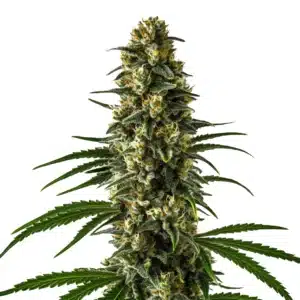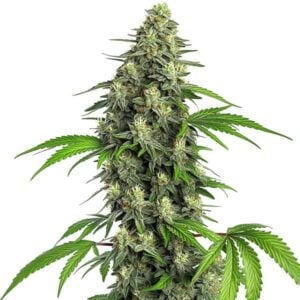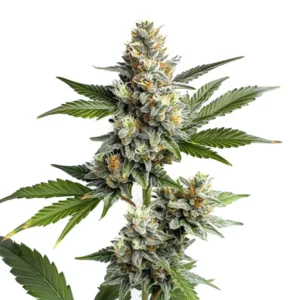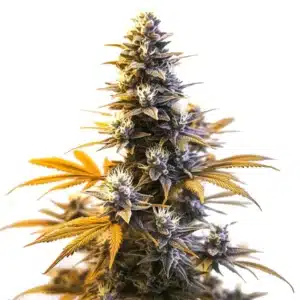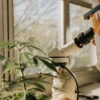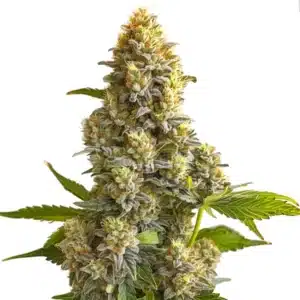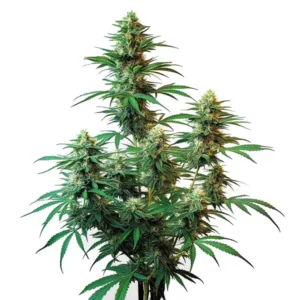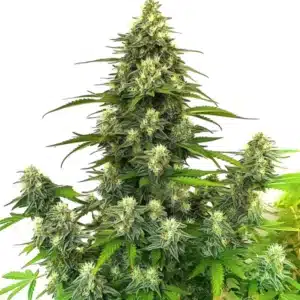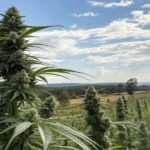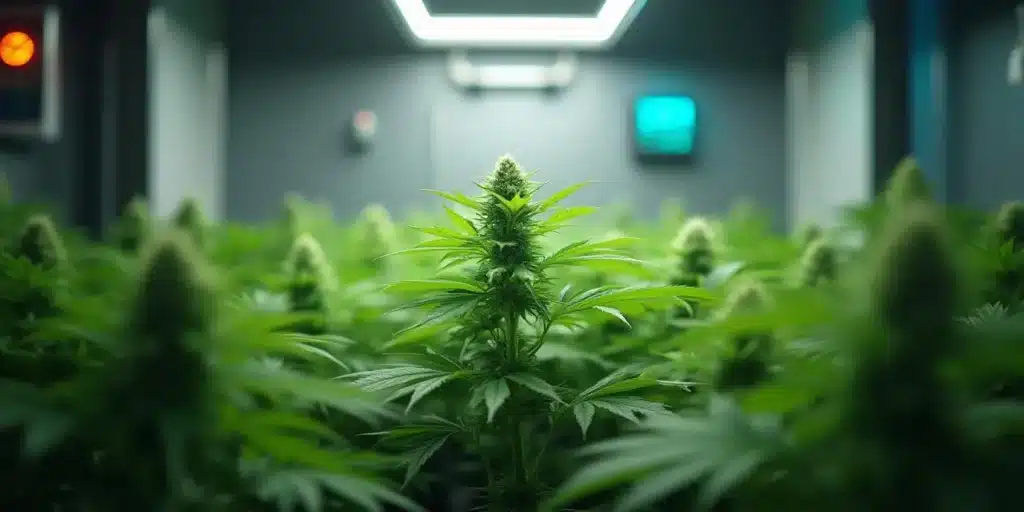
Autoflower Temp and Humidity
Growing autoflowering cannabis plants requires careful attention to multiple factors, with temperature and humidity being among the most critical. These elements significantly influence the vitality and yield of your plants. By maintaining optimal conditions, you can help your plants flourish, making a noticeable difference in their health and productivity.
Temperature Requirements
The temperature in which your plants develop plays a vital role in their growth rate, yield potential, and overall health. Autoflowering cannabis strains generally thrive within a specific temperature range. During the day, temperatures between 70°F and 85°F (20°C to 30°C) are ideal. When the lights go out, it’s good practice to allow temperatures to drop to around 60°F to 70°F (15°C to 20°C) to mimic natural conditions. Consistency is crucial; fluctuations can stress your plants and hinder their growth.
Recommended Strains
Girl Scout Cookies
|
|
THC | 18% - 25% (Medium) |
|
|
Type | Feminized |
|
|
Yield | High |
|
|
Phenotype | 60% Indica / 40% Sativa |
Girl Scout Cookies Fast Version
|
|
THC | 23% - 28% (High) |
|
|
Type | Feminized |
|
|
Yield | Medium |
|
|
Phenotype | 50% Indica / 50% Sativa |
It’s essential to note that temperature preferences may vary depending on your plants’ growth stages. For example, seedlings benefit from warmer conditions that support their early development. As your plants enter the flowering stage, slightly cooler temperatures can promote enhanced flavors and aromas, resulting in more flavorful buds. Adjusting temperatures at different growth stages is key to unlocking the full potential of your autoflowering cannabis.
Seedling Stage
During the seedling phase, maintaining temperatures between 70°F and 80°F (21°C to 27°C) is crucial. This warmth fosters rapid root development and ensures that the tiny leaves grow strong and healthy. A consistent environment free of drastic temperature swings is crucial at this stage. If temperatures drop too low, you’ll likely see stunted growth or signs of stress in your seedlings.
To keep seedlings comfortable, consider deploying heat mats or adjusting grow lights to the proper height. It’s also wise to keep an eye out for telltale signs of discomfort, such as drooping leaves, which can indicate that environmental conditions are less than ideal. Creating a nurturing space for your young plants can lay the groundwork for a successful growing journey right from the start.
Vegetative Stage
As your plants transition into the vegetative stage, they will start growing larger and stronger, necessitating a suitable temperature range. Ideally, keeping temperatures between 72°F and 78°F (22°C to 26°C) supports healthy growth and nutrient absorption. At this stage, plants consume significant energy, and providing the right conditions helps develop vigorous foliage that sets the foundation for future yields.
Don’t forget the importance of fresh air and proper ventilation in this stage. Airflow will support temperature consistency, making it easier for plants to thrive. Investing in some monitoring tools such as thermometers and hygrometers can assist you in keeping track of your plants’ needs. Each strain might have slightly different preferences, so don’t forget to research your specific autoflowering variety to ensure optimal conditions.
Flowering Stage
In the flowering phase, your plants benefit from moderate temperatures, ideally between 68°F and 75°F (20°C to 24°C). Slightly lower temperatures at this stage can promote better aroma and flavor in the buds, making for a more enjoyable final product. Additionally, maintaining cooler temperatures during nighttime simulates the natural environment they thrive in, ensuring a smoother growth rhythm.
At this critical stage, it’s essential to be alert for any signs of heat stress. High temperatures can manifest as curled leaves or burned tips, which can be detrimental to your plants. If you encounter these issues, take immediate steps to adjust the environment. You might need to move lights further away, enhance airflow, or modify your heating systems to create a suitable atmosphere for your flowering plants.
Promos & Deals
Humidity Levels Matter
Humidity is just as important as temperature when it comes to cultivating autoflowering cannabis. The humidity level in your grow space affects how your plants breathe and absorb water. It’s essential to adjust humidity levels according to the growth stage of your plants. Generally, young seedlings thrive in higher humidity, while mature plants flourish in drier conditions. Understanding the needs of your plants can help you optimize their growing environment.
For instance, while seedlings generally prefer around 65% to 70% humidity to support their rapid growth, maintaining a comfortable humidity level becomes vital during the flowering stage, where lower levels prevent mold and bud rot. Adjusting humidity levels not only supports healthy plant growth but also contributes to the quality and yield of your harvest.
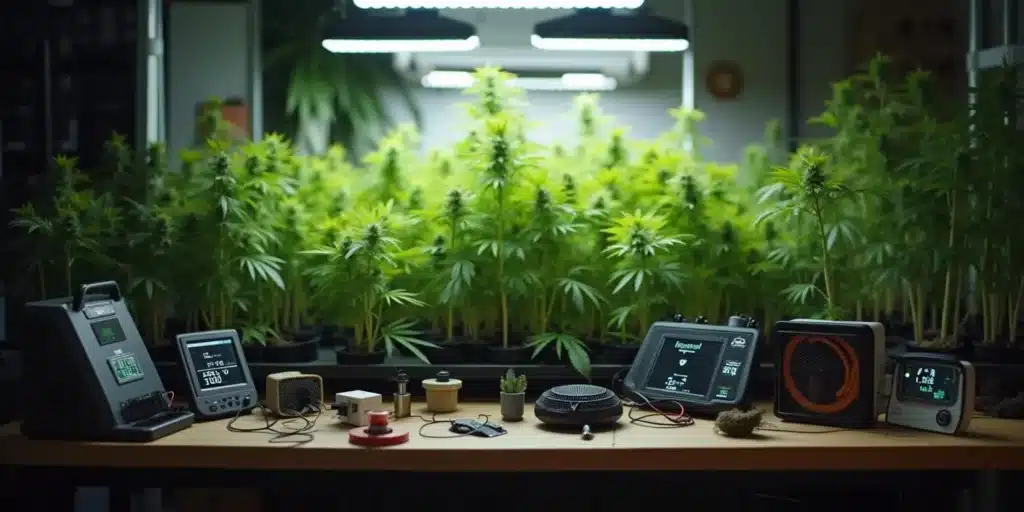
Seedling Stage Humidity
During the seedling stage, keeping humidity levels around 65% to 70% is beneficial. Higher humidity helps support the tender new plants and minimizes the risk of over-drying. Using techniques like humidity domes or gentle misting can help create this ideal environment. However, you must balance the humidity with proper airflow to avoid mold and mildew, which thrive in overly damp conditions.
If you notice excessive moisture around your seedlings, consider gradually lowering humidity levels to prevent shock. Signs like droopy leaves or yellowing can indicate that your plants are struggling, prompting a closer examination of your humidity levels and conditions.
Vegetative Stage Humidity
As your plants advance to the vegetative stage, adjusting humidity levels to between 50% and 65% is ideal. This range helps the plants absorb nutrients effectively while also minimizing the risk of mold. Good moisture in the air is still necessary to support the larger leaves of expanding plants, but it’s crucial to avoid overly humid conditions that could jeopardize their health.
Implementing exhaust fans and dehumidifiers can assist in maintaining a balanced humidity environment. Regular monitoring throughout this growth stage can help you respond to any changes in your plants’ needs swiftly, ensuring they remain healthy and free from stress.
Flowering Stage Humidity
During the delicate flowering stage, reducing humidity to around 40% to 50% is essential. Lower humidity prevents mold on your precious developing buds, which is a significant concern during this phase. Adequate airflow and ventilation are paramount in helping control moisture levels and allowing your plants to breathe comfortably as they progress toward maturity.
Consider using oscillating fans to help regulate humidity within your grow space. If you live in a region with high ambient humidity, employing a dehumidifier can significantly assist in maintaining the necessary dry conditions for your plants. These adjustments are crucial for promoting the health and quality of your autoflowering varieties.
Tools for Monitoring and Adjusting Conditions
Effectively managing temperature and humidity relies on the right tools and systems in place. Several indispensable devices can streamline your growing process. Thermometers and hygrometers will allow you to track conditions regularly, ensuring they remain within the optimal range for your plants.
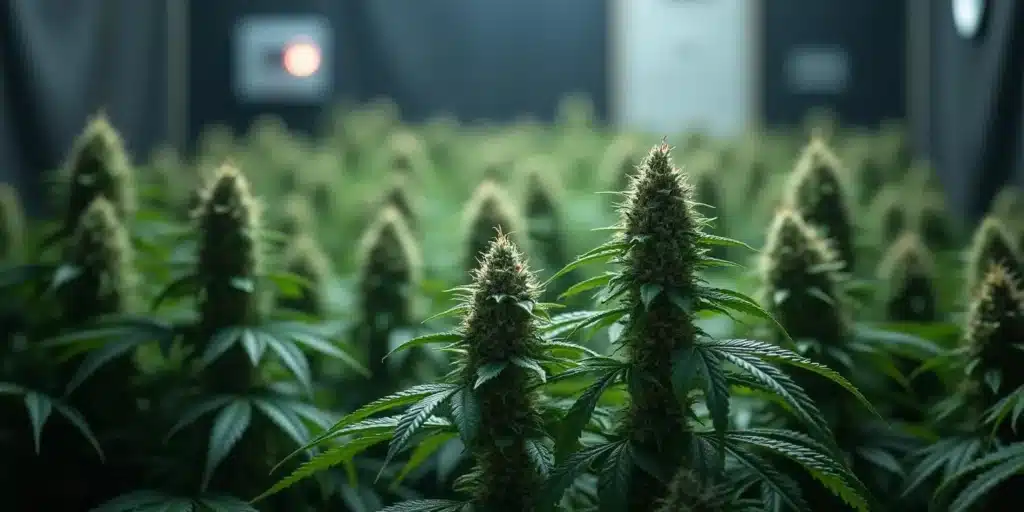
Essential Tools
- Digital Thermometers: These provide accurate temperature readings, allowing for real-time monitoring of your environment.
- Hygrometers: Vital for assessing humidity levels, ensuring you keep things in check.
- Fan Systems: Essential for improving airflow and air circulation within your growing area.
- Dehumidifiers and Humidifiers: These tools help you fine-tune humidity levels based on your plants’ requirements.
- Heat Mats: A useful addition for ensuring warmth during the seedling phase to boost early growth.
Investing in these tools can lead to remarkable improvements in your cultivation experience. With the right equipment, you’ll find it easier to make prompt adjustments, ensuring your plants thrive in their optimal environment. Regularly checking your readings helps you stay proactive and addresses any potential issues before they escalate into serious problems.
Tips for Optimal Growth Conditions
Managing environmental variables is about more than simply monitoring temperature and humidity; it’s about creating an optimal growing setting. Pay attention to your plants’ responses and make adjustments based on what you observe. For instance, if you notice slow growth, it might be worth checking if temperatures or humidity levels are off.
Additionally, employing proper training techniques can maximize the use of available light and space. Techniques like low-stress training (LST) or pruning can improve airflow and light penetration, enabling your plants to thrive even further under your carefully managed conditions.
Strains to Consider
When selecting autoflowering strains, recognizing their specific environmental needs can guide your choices. Here are three popular autoflower strains that stand out for their unique characteristics and growing preferences:
- Blueberry Autoflower: Renowned for its sweet flavor and calming effects, this strain is a favorite among many growers.
- Amnesia Haze Autoflower: Famous for its uplifting high, this strain requires careful attention to temperature and humidity for optimal growth.
- Girl Scout Cookies Autoflower: An easy-growing choice that yields consistently well, making it a go-to for many cultivators.
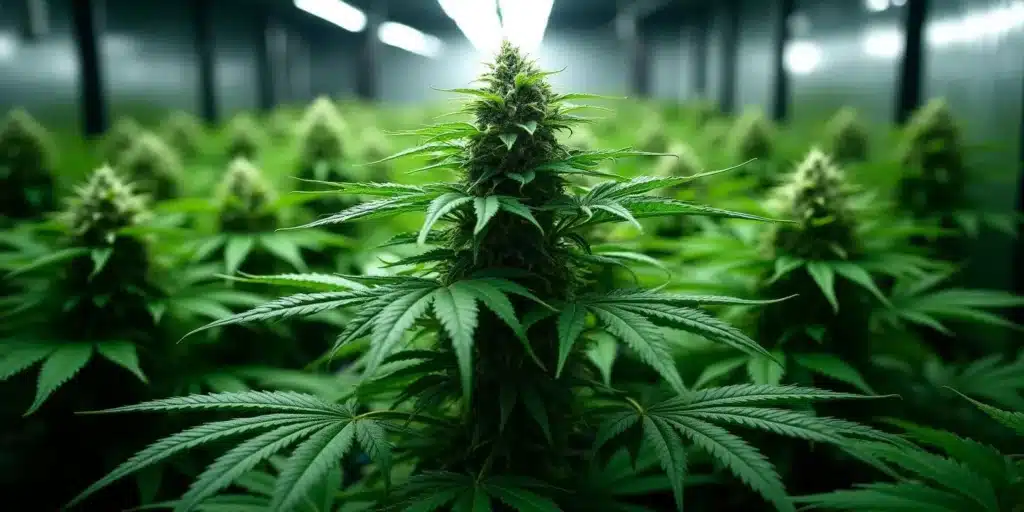
FAQs
What temperature is too high for autoflower plants?
Temperatures above 85°F (30°C) pose a risk of stress to autoflowering plants. Keeping your environment cool, especially during the flowering stage, is essential to prevent negatively impacting your plants’ quality. Look for signs like curling leaves; these indicate that your plants may be experiencing heat stress.
How can I lower humidity levels in my grow room?
You can effectively reduce humidity by using a dehumidifier, enhancing ventilation with fans, and ensuring that there’s good airflow among your plants. Additionally, eliminating excess moisture sources, like overwatering, will help maintain balanced humidity levels.
Can plants survive with low humidity?
While cannabis plants can endure lower humidity levels, it’s crucial to maintain a balance, particularly during important growth phases like flowering. Low humidity can induce stress, especially in seedlings; researching your strain’s moisture preferences will allow for tailored adjustments.
Should I adjust temperature at night for autoflowering plants?
Yes, adjusting nighttime temperatures for your plants can be quite beneficial. Dropping the temperature to around 60°F to 70°F (15°C to 20°C) is particularly effective during the flowering phase, as it mimics natural conditions that plants find preferable.
What are the signs of improper temperature or humidity levels?
Indicators of improper environmental conditions include curled, yellowing leaves, slow growth, the appearance of mold, and drooping. Regularly observing your plants will help catch these signs early, enabling you to make timely adjustments for a healthier growing environment.


